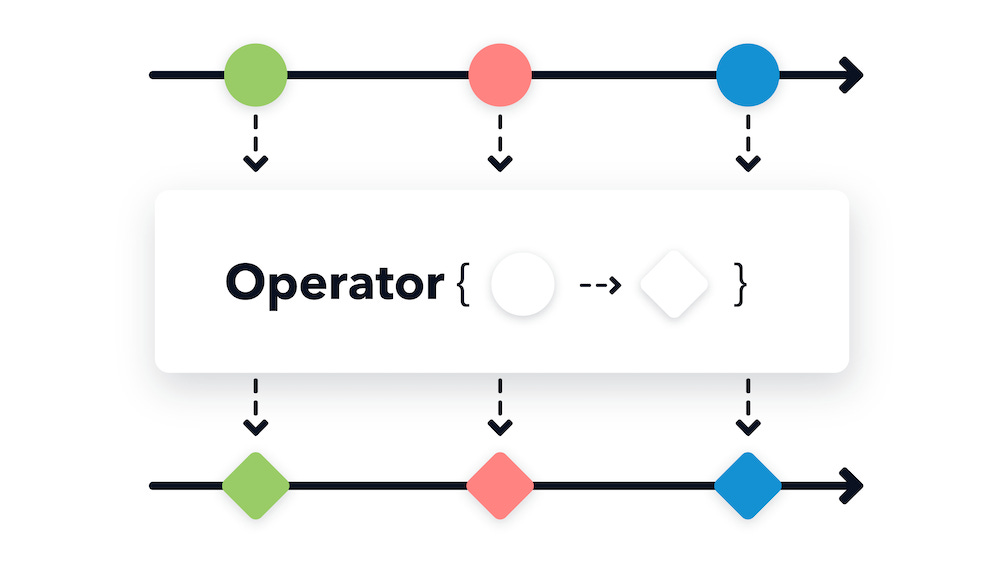Java Reactive Programming - Effective Usage in a Real World Application
This article presents how trivago’s search backend team used reactive programming in Java effectively when designing and implementing one of our many Java backend services. Compared to traditional imperative and functional programming, reactive programming requires a mindset-shift in order to apply the concepts and techniques effectively. The benefits we gain support us in some key challenges that every engineer is facing with essentially every (micro-) service in today’s backend architectures: handling of blocking IO, backpressure, managing highly varying loads as well as message and error propagation.
The article focuses on the following key aspects:
Presenting one of our real-world use-cases running reliably in production for over a year.
The technical challenges we faced during development.
Key aspects of our implementation and how they addressed the challenges.
Since there are already plenty of good resources available to learn and understand the fundamental concepts of reactive programming, this article doesn’t cover the fundamentals of reactive programming and presumes intermediate knowledge of the same topic. Some references to recommended learning resources are provided in the conclusions.




